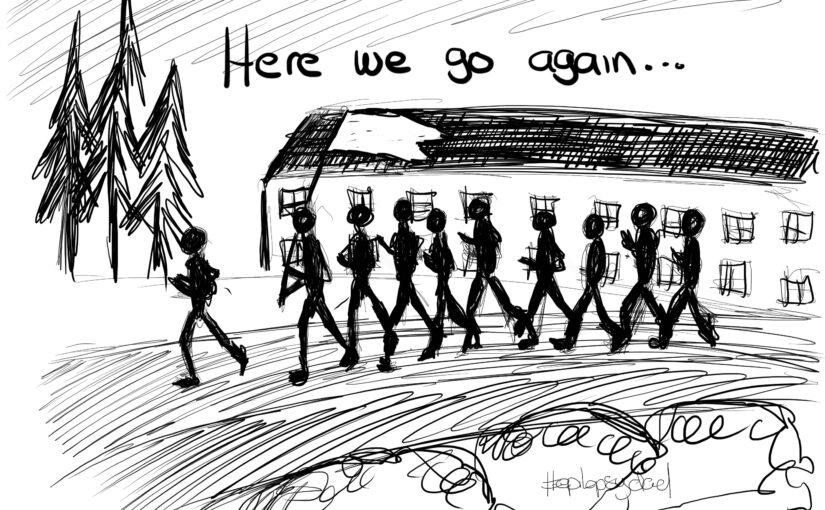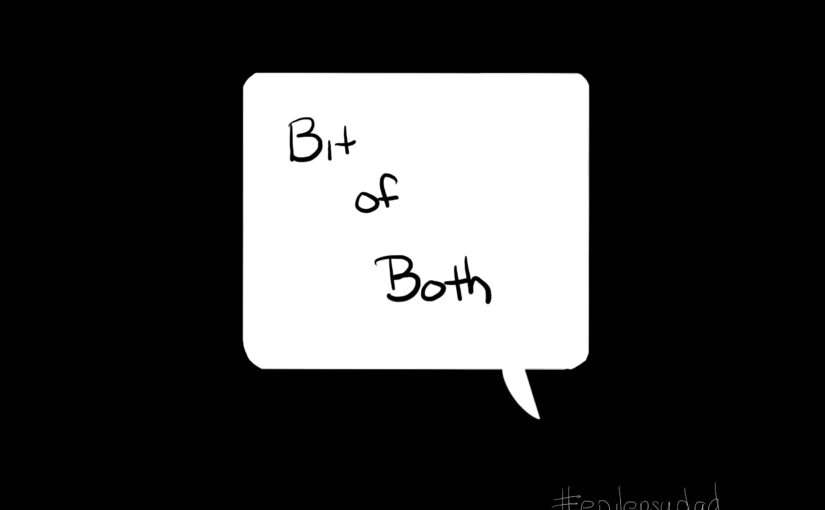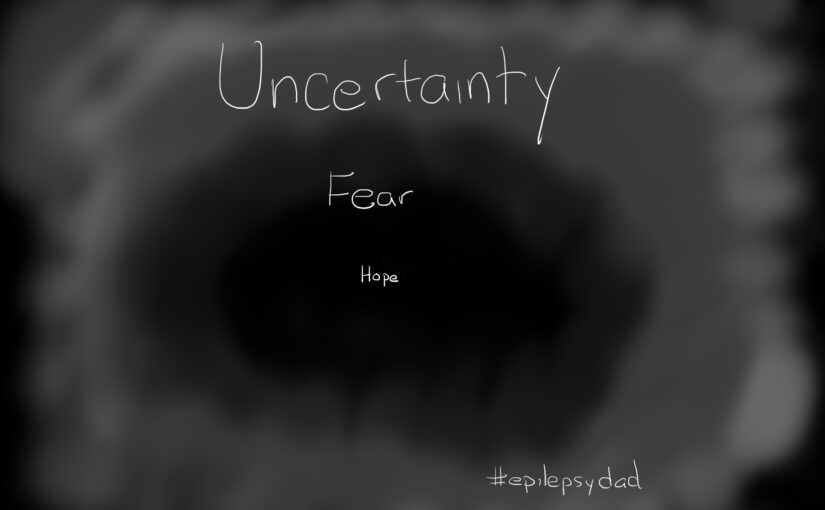Here we go again
Same old stuff again
Marching down the avenue
Six more weeks and we’ll be through
I’ll be glad and so will you
U.S. Army Marching and Running Cadence
I was never much of a runner. I had the look of one. Tall and skinny, with long legs that should have made running easier. I was even a fast sprinter. But anything longer than the size of a football field, and my brain would scream at every one of my moving parts to stop.
Imagine how much fun I had when I joined the army, where nearly everything involved…you guessed it…running. We’d wake up early every morning, head downstairs, and fall into formation. Our drill sergeant and his team would stand in front, bark out a few orders, and then my fellow soldiers and I would turn and follow our leaders, matching the rhythm of our steps to theirs, for however many miles we’d run that day.
A few minutes into the run, one of the sergeants would begin calling out a cadence. Military cadences are rhythmic chants used during marches and runs to maintain a consistent pace, foster teamwork, and boost morale. They help synchronize movements, improve endurance, and build unit cohesion.
They were magic. They kept me focused on the rhythmic call and response rather than the fact that I hated running, that my lungs and legs hurt, and that I should stop. Because I couldn’t stop. I couldn’t let my squad down. I couldn’t let myself down. I had to push through.
One of the cadences, “Here We Go Again,” summed up basic training perfectly: the same grueling routine, day after day. Wake. Run. Eat. March. Train. Eat. March. Train. Eat. Chores. Bed. Every day, for 8 weeks, the same thing.
Anytime I find myself repeating a pattern, especially a challenging one, I think of those early morning runs. I think of that need to push through, to not let my squad and myself down.
Here we go again
Same old stuff again
We’re approaching one of those times. Toward the end of the school year, our son is always exhausted. He’ll have a harder time waking up in the morning and randomly fall asleep in the afternoon. Around the same time, baseball, one of the few non-school activities he still enjoys, starts demanding more energy and mental bandwidth. We also start figuring out what the following school year will look like, scheduling IEP meetings, and talking with his school and the district about our son’s challenges, needs, and potential. It’s mentally, physically, and emotionally draining on the entire family.
Six more weeks and we’ll be through.
Six more weeks until the school year ends. Six more weeks to push through. Six more weeks of having a routine, structure, and certainty. Six more weeks until the story that has been written ends, and there are only blank pages unless we can write down a new plan before then.
It’s exhausting. It’s like those basic training marathon runs, where somehow we’d run in a circle but only be running uphill, defying physics, logic, and any sense of fairness. It tests our endurance and commitment. Parts of my brain are screaming to just stop.
But we can’t stop. We can’t let our son down. We can’t let ourselves down. We have to keep going. We have to fill those pages with a plan for the next year, until we find ourselves again six weeks from the end of the school year with the same cadence echoing in my head.
Here we go again.
Same old stuff again.


